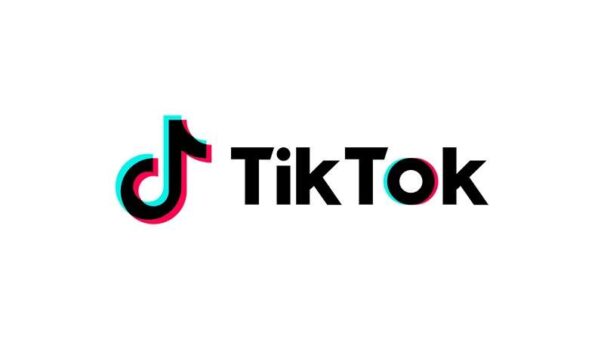TikTok has announced a new feature that allows users to refresh their ‘For You feed’ if they feel that their recommendations are no longer relevant.
(more…)Category: World
This section brings you news reports from around the world, covering global events, politics, economy, and more. Stay informed with the latest international updates and developments.
-
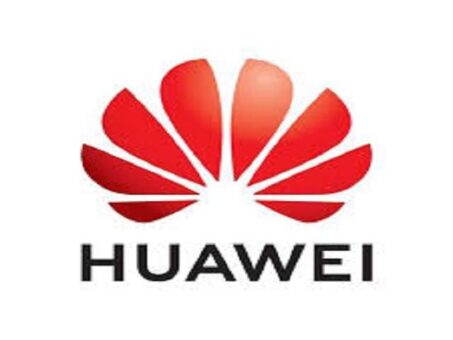
Huawei declares stable year of operations in 2022
Huawei has released its 2022 Annual Report stating it had a stable year of operations in 2022, with revenue of CNY642.3 billion and net profits of CNY35.6 billion.
(more…) -
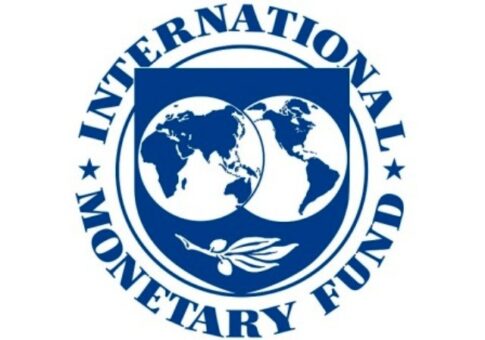
IMF board agrees on need to develop regulations for crypto assets
The executive board of the International Monetary Fund (IMF) agreed on the need to develop and apply comprehensive regulations, including prudential and conduct regulation to crypto assets.
(more…) -
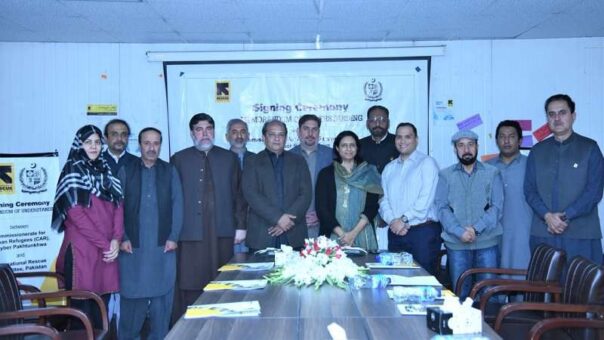
MoU signed to facilitate Afghan refugees in Pakistan
ISLAMABAD: A memorandum of Understanding (MoU) has been signed to facilitate Afghan refugees in Pakistan for accessing to health and essential services.
(more…) -

Saudi Arabia raises SAR 17 million for earthquake victims in Turkiey and Syria
Saudi Arabia has raised over SAR 17 million as donations to help earthquake victims in Syria and Turkey.
(more…) -
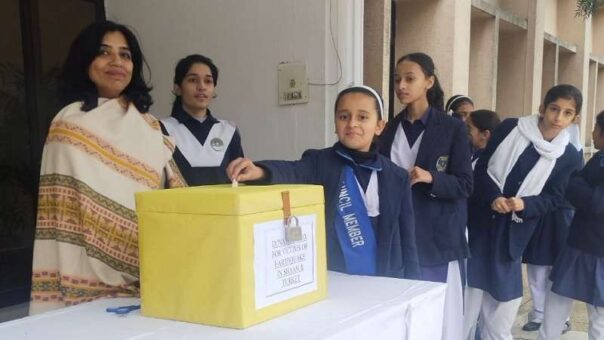
Pakistani schools raising funds for Turkiye, Syria earthquake victims
ISLAMABAD: Pakistani schools are raising funds for earthquake victims of Turkiye and Syria, according to a statement released on Thursday.
(more…) -

US Treasury sanctions companies involved in sales, shipment of Iranian petroleum
WASHINGTON: The US Department of the Treasury’s Office of Foreign Assets Control (OFAC) on Thursday sanctioned nine entities across multiple jurisdictions that have played a critical role in the production, sale, and shipment of hundreds of millions of dollars’ worth of Iranian petrochemicals and petroleum to buyers in Asia.
(more…) -
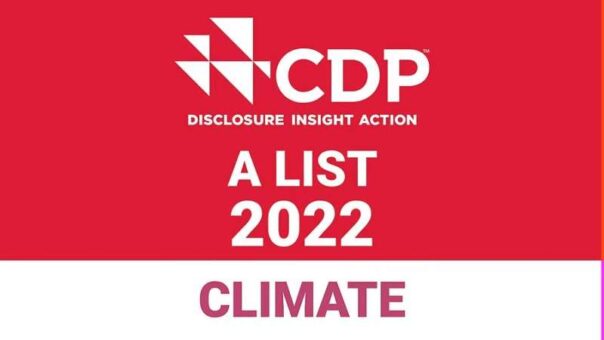
CDP identifies Ericsson as leader in climate performance, reporting
The independent non-profit Carbon Disclosure Project (CDP) identified Ericsson as leader in climate performance and reporting by being named in the annual ‘A List’ – the top ranking possible.
The press release stated, CDP’s annual climate disclosure and scoring process is widely recognized as the gold standard of corporate reporting.
READ MORE: Jazz, Ericsson collaborate to boost digital skills in Pakistan
Based on data reported through CDP’s 2022 Climate Change questionnaire, Ericsson is one of more than 280 of companies that achieved an ‘A’ out of more than 20,000 companies scored.
Heather Johnson, Head of Sustainability and Corporate Responsibility, Ericsson, said, “At Ericsson, we take our role in climate action seriously, and you can’t manage what you don’t measure.”
He also added that, “that’s why it means so much to colleagues across the company to see our commitment to climate action recognized on the CDP A List this year. This recognition is a testament to our continuous progression toward ambitious and science-based climate targets.”
A detailed and independent methodology is used by CDP to assess companies with scoring based on the comprehensiveness of disclosure, awareness and management of climate risks and opportunities, and demonstration of best practices associated with climate leadership such as setting ambitious and meaningful targets.
READ MORE: Pakistan plans shifting government offices to solar power
Johnson adds: “Today more than ever, companies have a crucial role to play in limiting climate change to 1.5°C. That’s why Ericsson will continue to join forces with our customers, suppliers, and the entire ICT ecosystem to manage our climate impacts and develop sustainable solutions that can help take effective climate action.”
Maxfield Weiss, Executive Director, CDP Europe said: “CDP saw nearly 20,000 companies disclose environmental data this year. The CDP A List companies are showing they are ahead of the game – taking clear action to reduce emissions and to address environmental impacts throughout their value chains. This is the type of environmental transparency and action we need economy-wide to prevent ecological collapse.’’
